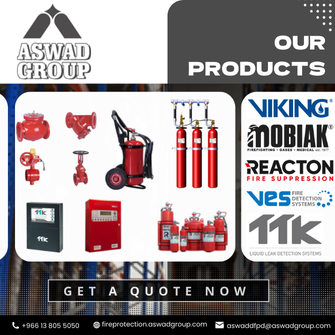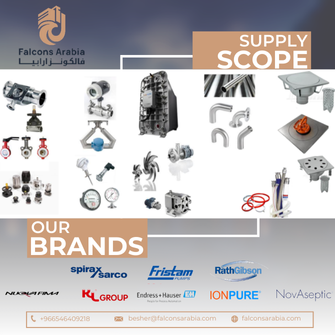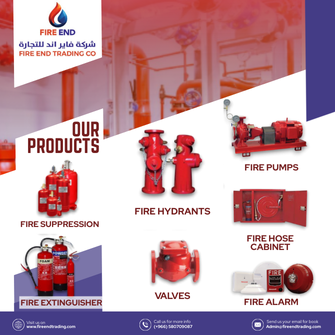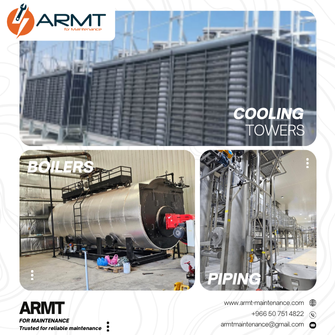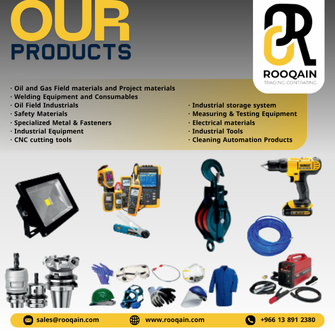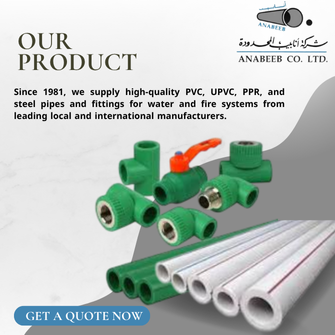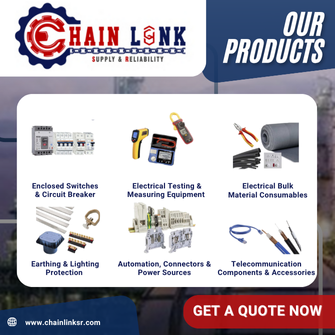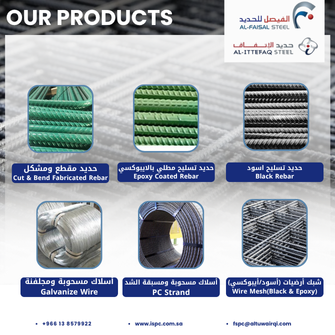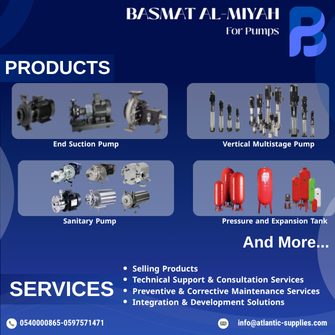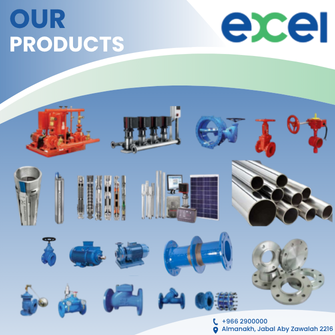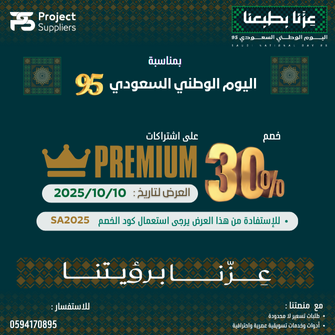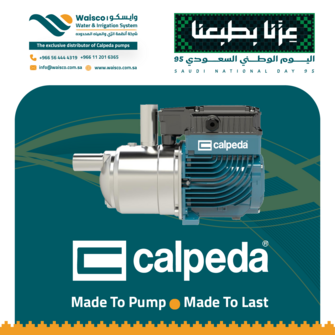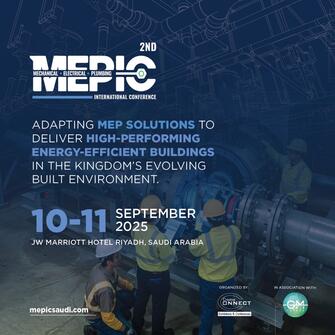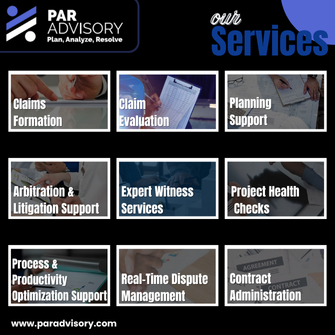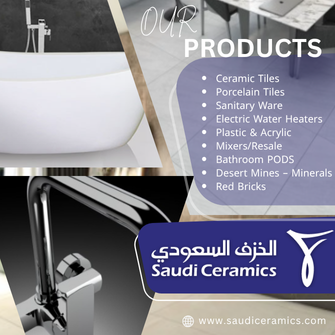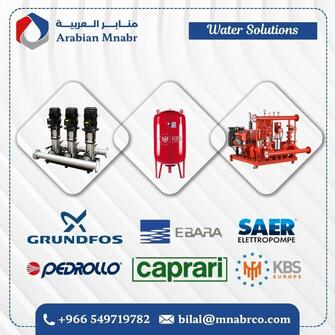advertisement
Brand Information
Genie Industries was founded in 1966 when Bud Bushnell bought the manufacturing rights to a material lift that operated on compressed air. Customers seemed to be impressed with the “magic in the bottle” that was used to raise and lower the hoist — and, the “Genie” name was born. With growing demand for material lifts and aerial work platforms, products such as man-lifts, stick booms, articulated booms, light towers and telehandlers have been added to the Genie® product line.
By the early 2000s, due to the economic downturn, the company decided to seek a partner that held the same values. Terex Corporation, with a history of acquiring equipment manufacturers worldwide proved a good match for the business. In 2002, Genie Industries was sold and became the Terex Aerial Work Platforms (AWP) segment of Terex. Due to its strength and reputation in the marketplace, all Genie machines continue to be sold worldwide under the Genie brand.
“From the very beginning, Genie has been working to develop products that solve our customers' worksite challenges — and that process never ends,” says Matt Fearon, Genie President, Terex AWP. “Our team of product managers and engineers uses customers' input to design new products, featuring the latest technology to meet changing needs. We manufacture our products to stringent standards that help increase quality, lower costs and provide a high rental return on invested capital (rROIC).”
Today, Genie equipment is used in a variety of industries and applications worldwide, including rental, aviation, construction, entertainment, government and military, industrial, as well as warehouse and retail.
As a leading, global manufacturer of aerial lift equipment, Genie is dedicated to minimizing waste, improving quality, listening to customers and providing outstanding support long after the sale. These strategies have made Genie a trusted brand for decades and will keep taking customers and their businesses higher.
“From Bud Bushnell’s garage to the 4,500 team members serving customers around the world today, Genie is the story of teamwork. Our customers have trusted us and helped us to build and define the aerial industry, as well as creating ways for people to work at height safely. It is through teamwork that we will continue to find new solutions and opportunities to take our customers higher,” says Fearon. “For us, 50 years was just the beginning — the best is yet to come.”
The Genie Story
For more than 50 years, Genie has gone above and beyond in its product development efforts, focusing on what customers need to be successful in their industries and applications — Genie innovations change the market and set the industry standard for quality, reliability and safety in aerial lift equipment.
Business Highlight
Year: 1966
Tinkering starts it all
Bud Bushnell was an entrepreneur experimenting in his garage with pneumatic-powered doors. In June of 1966 he began working with a company that made a lifting device powered by bottled compressed air. By September the company was out of business. Bud thought the lift product had merit. He bought the inventory and started his own company, Genie Industries.
Product Highlight
Year: 1966
Genie Hoist
Launched in 1966
First lightweight, manual-portable lift
Material: Aluminum
Made in: Seattle, Washington
Cultural Highlight
Year: 1960s and 1970s
Customers were always our top priority.
The corporate structure at Genie took the shape of an upside down pyramid with customers at the top, team members in the middle, and company leaders at the bottom—supporting everyone above.
From the very earliest days, the Genie team stressed customer service. At trade shows and sales visits they listened to what customers wanted and incorporated those ideas into product designs.
Business Highlight
Year: 1968
Bringing in customers
Looking for customers who needed a lift, Bud reached out to electrical contractors from California. Then he had the good fortune to meet with a group of businessmen visiting from a Japanese ironworks company. By the end of 1968 he had orders for 1,500 Genie® Hoists.
Cultural Highlight
Year: 1960s and 1970s
Company culture was always about the team.
Early company leaders employed a “sharing and caring” management style. They believed in people. They enabled participation and personally thanked people for contributions and good deeds. It’s said that Bob Wilkerson knew everyone’s name in the company, even when there were over 1,500 people.
Product Highlight
Year: 1974
Super Lift
Launched in 1974
Becomes THE rental tool — it’s a tough and portable material lift
Material: Aluminum
Made in: Kirkland, Washington
Business Highlight
Year: 1970s
Lifts and equipment rentals take off together
A new industry developed in response to the construction boom in southern California: rental yards started renting tools to builders. These rental companies grew up with Genie. Bud visited his new customers to see how his products could be improved. It was the beginning of a commitment to customer relationships that continues today.
Product Highlight
Year: 1974
Teletower
“Put 3 Genie Hoists together…”
Bud was demonstrating the Genie hoist at a trade show when a nearby vendor approached him with an idea: “If you put three of those together and put a platform on it, you could lift a man.” Bud got to work and created the Genie Teletower!
Bud later hit upon another innovation as he engineered lifts with more power and broader appeal: a nesting aluminum mast section. This was the key to the Superlift and the family of material lifts that followed.
Business Highlight
Year: 1970s
Leadership trio lays the foundation
Genie founder Bud Bushnell chose his son-in-law Bob Wilkerson to lead the company — he became president in 1978. Ward Bushnell (Bud’s son) became the head of manufacturing and Roger Brown led sales efforts. Together, these three supported the company’s growth, innovation, and team spirit.
Business Highlight
Year: 1982
Building (and moving) the company
Genie’s owners continued to reinvest in the company. Sales were up, new products were on the way, and new markets were buying. Genie needed to expand.
Moving to the rural corner of northeast Redmond gave Genie the space to dream. New, larger self-propelled lifts — like the Z®-30/20 — soon rolled off the lines, changing the market.
Cultural Highlight
Year: 1980s
Celebrating and sharing were part of the Genie way
The Genie team fostered a culture that celebrated success through company-wide events to build optimism, customer loyalty, and team member morale.
The original leaders—Bob Wilkerson, Roger Brown, and Ward Bushnell, (below)—started many traditions to reward people for the company’s successes. Fourth of July parties and summer hoedowns brought Genie team members and their families together to celebrate and relax.
Business Highlight
Year: 1984
Z-lift: a brand new direction
The Z-lifts were part of a fundamental change in our designs: new lifts were large, versatile, flexible, and rugged. They relied more on steel, engines, and hydraulics. Before this, Genie had only made portable lifts. Now Genie moved into self-propelled booms—the new products opened up new opportunities around the world.
Product Highlight
Year: 1984
Z®-30/20
Launched in 1984
Mobile and flexible — the new standard for up and over lifting
Material: Steel
Made in: Redmond, Washington
Business Highlight
Year: 1985
Rentals turn out to be largest market for lifts
At first, the Genie team thought the Z®-30/20 would be purchased by end-users in retail and manufacturing. It turned out that contractors wanted to rent it instead. Equipment renters could make substantial profits renting the lifts again and again. They recouped the lift’s original cost many times over. Rental yards even told Genie that the Z®-30/20 was dramatically underpriced!
Product Highlight
Year: 1992
S®-60
Launched in 1992
First Genie boom (of many to come) for the construction market.
Material: Steel
Made in: Redmond, Washington
Cultural Highlight
Year: 1990s
Family culture through the years
From the very start, “team members” was the right term for everyone that worked at Genie. Team members were often like family — and in many cases they were actually related! Genie team members advocated for friends and family to fill open positions. They were passionate about their work. People wanted to be a part of this unique culture, and Genie was hiring.
Business Highlight
Year: 1997
“If you build a scissor lift, we’ll buy it from you!”
Rental companies were Genie’s biggest customers. They liked Genie’s responsiveness, respect, and product support. And they appreciated the opportunity to make suggestions.
When equipment renters said that they wanted to buy all their lifts from Genie, we started making scissor lifts to fill out our product line.
Genie was also improving the core product line with feedback from our customers. One result: the Z®-45 became the world’s most popular boom.
Product Highlight
Year: 1997
Scissor lifts
Launched in 1997
Compact, maneuverable vertical lift.
Material: Steel
Made in: Redmond, Washington
Cultural Highlight
Year: 1990s
Connecting with customers
Customer relationships have always been central to who we are. Genie created a legacy of showing appreciation by making lasting memories at our customer events. A long-standing member of the American Rental Association (ARA), Genie often hosted customer events at the annual trade show. Those events where key places to receive feedbacks from our customers to improve Genie core product line. A remarkable result of this process: the Z®-45 turned into the world's most popular boom.
Business Highlight
Year: Late 1990s–2000s
Building with “Lean”
Genie realized that we could build better products by bringing the “voice of the customer” into the production process. Genie worked intensively to learn from innovations pioneered by Toyota. This new production process — originally known as “Total Quality Management” (TQM) and then as “Lean” — spurred Genie to rebuild each factory around the specific products it produced.
The Lean process fit perfectly with Genie’s dedication to incorporating team member and customer feedback. The changes were large and small — all geared toward making better products and making them more efficiently.
Product Highlight
Year: 2000-2005
Super Booms reach new heights
Super booms extend up to 125 feet and rotate 360 degrees. The first product in this range was the stick super boom, S®-125, followed by the smaller S-105. These new lifts fitted the needs of exploding rental markets around the world. From shipyards to airports to stadiums, super booms helped people build quickly, safely, and on a large scale.
Business Highlight
Year: 2001–2002
Worldwide recession brings change
Global events in 2001 changed the climate for construction projects on a grand scale. Building projects stalled. Growth of all kinds, all over the world stopped. Genie needed to infuse the company with resources, new markets, and cash. Genie’s leaders began negotiations with Terex, a global equipment manufacturing company. In 2002, Genie went from being a family-owned company to being part of a publicly held global company.
Cultural Highlight
Year: 2002
Terex + Genie = sharing cultures and practices
Terex understood the value of the institutional knowledge in Genie’s people. Bob Wilkerson had been integral to 30 years of leadership. He stayed for over four years after the merger to help the transition of Genie, and its culture, to Terex.
Information and values flowed both ways between Genie and Terex. Many Genie managers became Terex managers. Many ways of working that were Genie’s are now adopted by our parent company. And while there’s more formality, the Genie team still hires family members that span generations!
Product Highlight
Year: 2002
Bigger, and making it better
The acquisition by Terex brought telescoping forklifts (telehandlers) to the Genie® product line. These large-scale lifting machines returned Genie to where it began: material lifts. But now on a massive scale! Genie modified and improved these lifts with customer feedback, just as we do with all of our products.
Business Highlight
Year: 2002
Finally making it big
At the turn of the millennium, Genie had finally arrived. No longer just a local player in the eyes of competitors, we had international recognition for our quality, service, and complete line of products. With offices in over 15 countries, distribution and production in five locations, the dedicated team members had made this family-owned company a leader in aerial lifts.
Product Highlight
Year: 2006
Z®-135/70
Launched in 2006
The Z®-135 boom came next — it was the first articulating super boom. The ultimate in versatility for reaching extreme heights
Material: Steel
Made in: Moses Lake, WA, USA
Product Highlight
Year: 2007
GTH™-2506
Launched in 2007
The very first compact telehandler, built to satisfy the global needs for material lifting.
Material: Steel
Made in: Umbertide, Italy
Cultural Highlight
Year: 2010
A global leader
Genie remains devoted to our customers. We back up our products and we're on the phone to troubleshoot. Through our close customer relationships we hear direct feedback, and take it to heart.
Business Highlight
Year: 2010
A global leader
Genie lifts are produced in facilities all around the world — Italy, China and the United States. Our customers are around the world too — in over 50 countries on six continents. With our growth as part of Terex, the Genie team is stronger than ever.
Product Highlight
Year: 2013
SX™-180
Launched in 2013
With 180 feet of vertical reach combined with 80 feet of horizontal outreach, the
SX™-180 boom lift provides excellent access and versatility for tough to reach jobs.
Material: Steel
Made in: Moses Lake, Washington
Business Highlight
Year: 2015
A productive year
In 2015, Genie positioned itself to dominate the marketplace by launching the most new products in Genie history — all designed with a focus on our customers’ return on their investment.
Genie completed a full line of telehandlers to meet the need on any jobsite. Our expanded fleet provides customers with a single partner for all their needs, whether it’s for buying new machines, maintaining their fleet or providing service and parts.
Genie celebrated its 50th year in 2016.
Product Highlight
Year: 2016
Fuel Electric (FE) Booms
Introduced a revolutionary new “hybrid” system for boom lifts, offering the next generation of design and technology to the market. The Fuel Electric, or FE, hybrid technology works by the engine-powered generator to automatically charge the batteries when operating in “hybrid” mode. In outdoor applications, Genie FE booms can go anywhere and do any project that a diesel boom can do.
In “electric” mode, the battery power offers quiet and emissions-free operation for indoor projects, while delivering a full day of uninterrupted operation on a single charge.
Product Highlight
Year: 2016
Xtra Capacity™ (XC™) Booms
Rolled out a new generation of boom lifts designed to get operators to work at height safely with increasingly heavy loads using a single machine. All Genie XC booms combine the benefits of a dual-envelope design to provide an unrestricted platform capacity of 660 lb (300 kg) and a restricted capacity of 1,000 lb (454 kg), reducing the number of lift cycles and increases productivity.
Business Highlight
Year: 2017
Aerial Pros Site
Launched a new education-focused website, Genie Aerial Pros, to connect customers, operators and key stakeholders with industry experts.
Product Highlight
Year: 2019
Lift Connect™ Telematics
Introduced the next evolution of telematics \ in direct response to rental business needs: Understanding the information a machine is providing. Focused on actionable information, flexibility and transparency, the information provided is “descriptive,” focusing on what’s currently happening with a machine, “predictive,” such as predicting failures in the field based on how the equipment is actually being used, and “prescriptive,” proactively prescribing maintenance and service.
Looking for new opportunities in the Saudi market?
Receiving real RFQs is the key for new orders.
Here in Project Suppliers platform we gain you the new opportunity.


